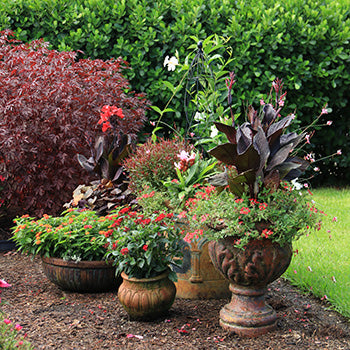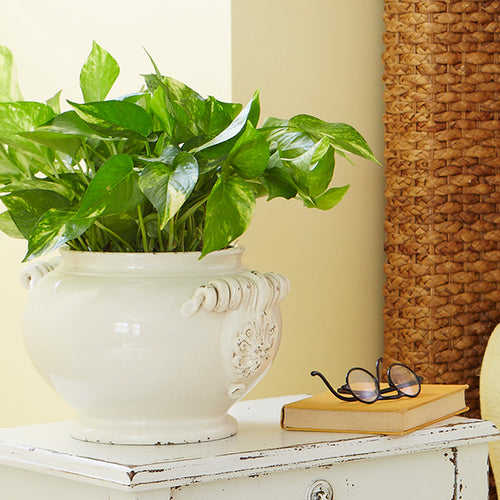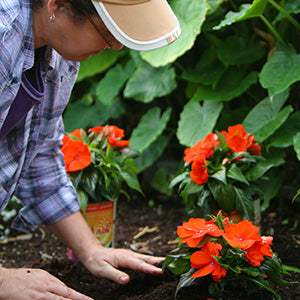By Justin Hancock
Make sure your garden is ready for winter with these easy gardening tips for the month of November.

Plant Cool-Season Annuals in the South
In the Deep South and subtropical Florida, November's cooler temperatures make it the perfect time to plant beautiful cool-season annual flowers, such as:
Depending on how cool your area gets, these flowers may continue to add bright color all the way through spring.
Get more tips for planting for winter color.
Plant Spring-Blooming Bulbs in the North and South
In the North, you can still plant spring-blooming bulbs (including tulips, daffodils, crocus, hyacinths, and snowdrops) in your November garden as long as the ground hasn't frozen. The later in the season it is, the more important it is to look for good-quality bulbs. Be wary of any bulbs that have soft, mushy spots or appear to be growing mold.
Cut Plants Back
After hard freeze, you can cut back annuals and perennials in the garden if you wish for a tidy winter appearance. Be sure to clean up any dead or diseased foliage to help prevent the diseases from coming back the next year.
Note:
If you wish to leave your plants standing, that's all right, too! Some plants, such as black-eyed Susan and coneflower provide seeds for hungry birds. And many ornamental grasses do best when they stay standing so their crowns don't get too wet over winter. Plus, allowing perennials to stand over winter helps you remember where they are in spring.
Apply Winter Mulch in the North
Once the ground freezes, apply a winter mulch to tuck in your favorite perennials, shrubs, and trees. Contrary to popular belief, applying winter mulch doesn't help keep your plants warm. Instead, it keeps the soil frozen all winter so your plants aren't damaged by the cycle of freezing and thawing that can happen on warm winter days.
Clean Your Tools
If you're done using your tools for the season, clean them before storing for winter. Start by removing any soil or other debris that may be hanging around. Sharpen shovels, trowels, and pruners to make them easier to use in the spring. (You might be surprised the difference a sharpened shovel makes when you're digging a hole!) Use sandpaper to smooth down any wood handles that may be starting to splinter.
Treat for Pests
Once trees and shrubs go dormant, you can use horticultural oil to control scale and other insects. Be sure to follow directions on the product's packaging.
Clean Your Houseplants
If you see dust on your houseplants' leaves, rinse it off with room-temperature water in a sink or shower. Dust on leaves acts like a film on windows; it reduces the amount of light your plants get and makes it harder for them to thrive.
Boost Humidity Indoors
Once you turn on your furnace, the air in your home typically starts to dry (and the more you use the heat, the drier the air gets). Boost the amount of moisture in the air for tropical plants to prevent brown leaf tips and edges. Easy ways to do this are to group your plants in clusters or set your plants on a large dish of water filled with sand or pebbles and water. The top of your plant's pot should set on top of the sand or pebbles, just above the waterline (so the soil doesn't stay too wet and rot).
Water Houseplants Less
As the days grow shorter, most houseplants use a bit less water than they like during the growing season. Instead of watering by schedule, occasionally probe the soil with your finger to see if your houseplants are moist or if they need a splash of water.


















